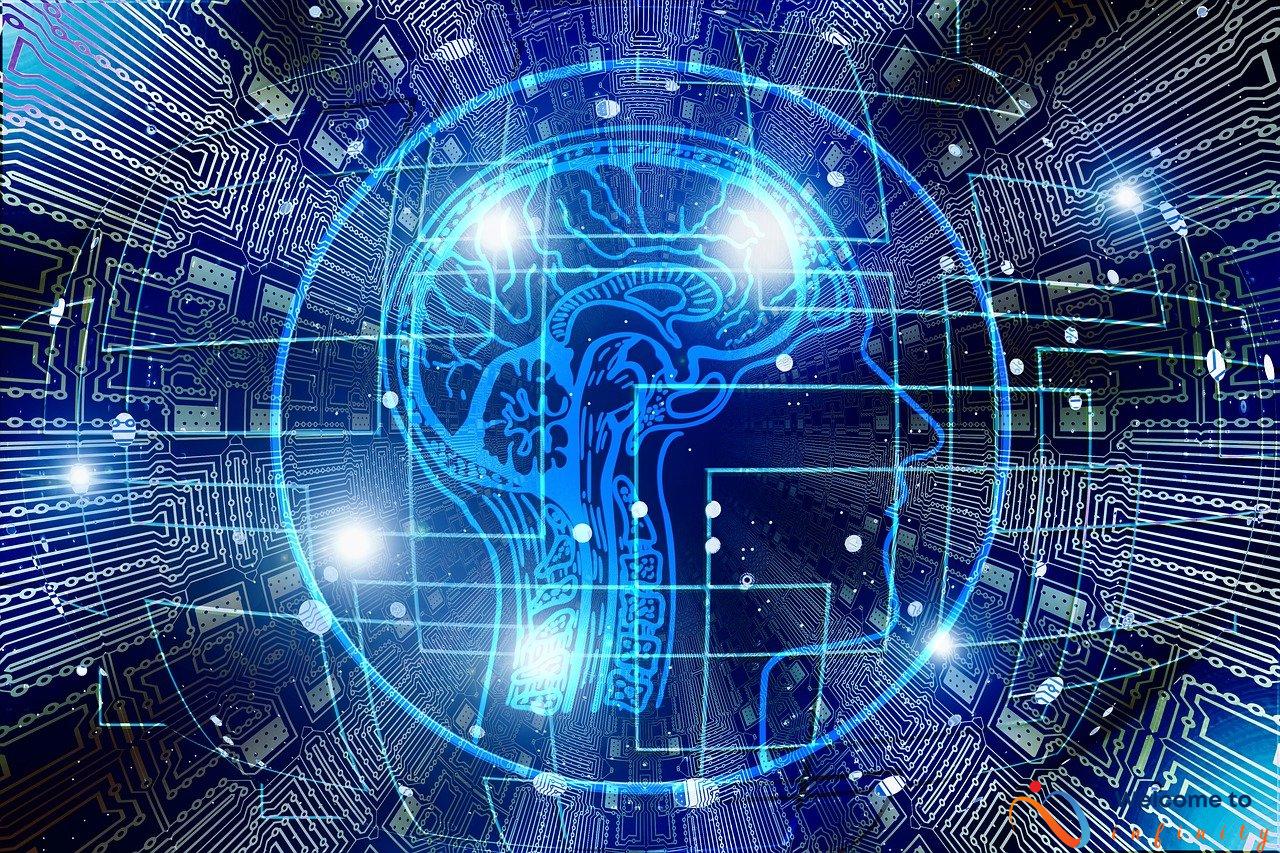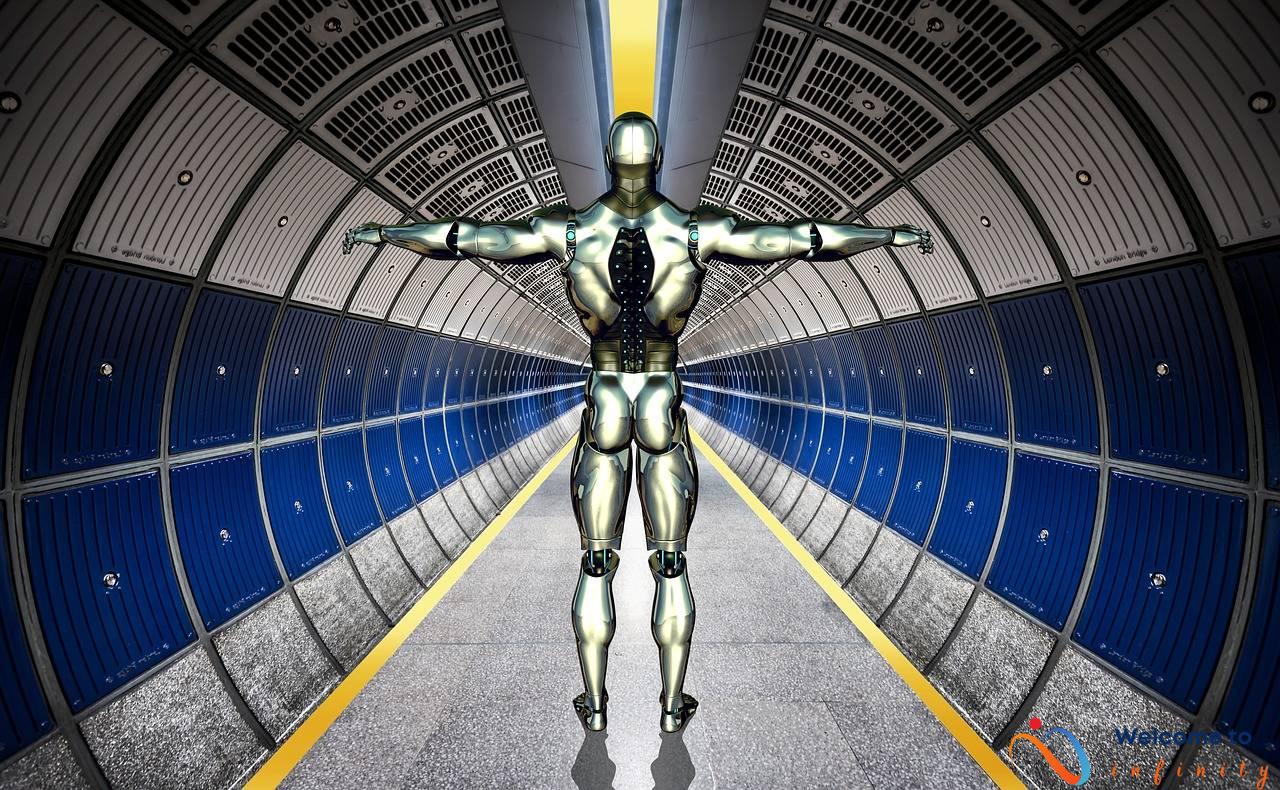The world of autonomous vehicles is seeing some incredible advancements thanks to the use of AI and machine learning. What was once a distant dream is quickly becoming a reality. Let's explore some of the latest advancements in self-driving technology that are making this possible.
LiDAR technology is at the forefront of self-driving vehicle advancements. It uses laser beams to detect objects in the car's surrounding environment and creates a 3D map of the surroundings. This helps the vehicle to navigate safely and efficiently.
The use of machine learning algorithms is helping self-driving cars identify various objects in the environment. By using data collected from sensors, these algorithms can learn and improve over time, helping the vehicle to make better decisions in the future.
Self-driving cars are now able to communicate with each other and with traffic infrastructure thanks to advancements in vehicle-to-vehicle (V2V) and vehicle-to-infrastructure (V2I) communication. This allows the vehicles to optimize traffic flow and improve safety on the roads.
To navigate successfully, a self-driving vehicle needs to know its location and have accurate maps of the environment. Advancements in localization and mapping technologies help ensure self-driving cars are operating within a defined environment, improving their performance and safety.
Advanced Driver Assistance Systems (ADAS) technologies are supporting drivers in making decisions and performing certain driving tasks. These technologies include automatic emergency braking and lane-keeping assistance, all of which can help improve road safety and reduce the risk of accidents.
As self-driving cars become more common, it is important to establish regulations and safety standards to ensure their safe operation. The National Highway Traffic Safety Administration (NHTSA) has released guidelines on self-driving cars to help ensure their safe development and operation.
LiDAR Technology
LiDAR or Light Detection and Ranging technology is considered one of the vital components of self-driving vehicles. This cutting-edge technology uses laser beams to detect various objects in the car's surrounding environment and creates a 3D map of the surroundings.
LiDAR enables self-driving cars to navigate the environment and make real-time decisions based on the readings collected by the sensors. These laser beams hit the objects in the surroundings, bouncing back to the LiDAR sensor, and creating a precise 3D map of the surroundings.
The LiDAR sensor can detect not only static objects such as buildings, traffic lights and signs but also dynamic objects like pedestrians, bicycles and cars that move along with the autonomous vehicle. These sensors can also distinguish between different objects by analyzing their characteristics such as shape, size, and distance.
In addition to detecting objects, LiDAR technology also allows autonomous vehicles to comprehend the context of the surroundings. By recognizing lane markings, curbs, and sidewalks, self-driving cars can navigate the roads with ease.
With continuous advancements in LiDAR technology, these sensors are becoming smaller and more cost-effective. They are also able to detect objects at longer distances, making them more reliable for self-driving vehicles.
In summary, LiDAR technology is a crucial factor in the development of self-driving vehicles. It enables cars to navigate the surroundings, detect obstacles, and make informed decisions based on the data collected by the sensors. As technology continues to evolve, the cost and size of LiDAR sensors are bound to decrease, bringing us one step closer to a world of fully autonomous driving.
Machine Learning Algorithms
One of the key components in the development of self-driving cars is the use of machine learning algorithms. These algorithms allow the vehicles to interpret data collected from various sensors and identify objects in the environment. Machine learning algorithms enable the vehicle to make decisions based on this data, and over time, the more data they collect, the better their decision-making abilities become.
Machine learning algorithms have the unique ability to learn and evolve over time, making the autonomous vehicles more intelligent. They use complex algorithms to process large amounts of data from sensors and cameras to effectively make sense of the vehicle's surroundings. These algorithms can also help the vehicle adapt to new and unfamiliar situations, making it better and more reliable on the road.
While there are still challenges to overcome in the development of self-driving vehicles, advancements in machine learning algorithms are making it possible for these vehicles to navigate our roads with increasing accuracy and safety.
Connectivity and Communication
Connectivity and communication are critical components of autonomous vehicle technology. The evolution of vehicle-to-vehicle (V2V) and vehicle-to-infrastructure (V2I) communication systems has played a significant role in advancing self-driving technology. By using V2V and V2I, self-driving cars can communicate with other cars and traffic infrastructure, such as traffic lights and road signs, to help optimize traffic flow and improve safety on the road.
V2V allows vehicles to send and receive information about their position, speed, and direction to other vehicles in the vicinity. By doing so, self-driving cars can analyze the data and adjust their behavior to avoid collisions or traffic congestion. V2I enables cars to communicate with traffic infrastructure, including sensors and cameras, to receive real-time information about road conditions and traffic flow. This information can then be used by the autonomous vehicle to take appropriate action, such as adjusting its speed or route.
Furthermore, V2V and V2I can help strengthen the coordination between self-driving cars and traffic infrastructure. By working together, traffic signals can be optimized to reduce congestion in high traffic areas, while road signs can be programmed to alert self-driving cars of upcoming hazards or detours. Additionally, V2V and V2I can enable self-driving cars to work together to help reduce the long-term environmental impact of driving on the road.
In conclusion, connectivity and communication are essential components of autonomous vehicle technology, enabling self-driving cars to communicate with each other and traffic infrastructure, reducing congestion and improving safety. As advancements in these technologies continue, self-driving cars will become even more integrated, making the transition to fully autonomous vehicle travel a reality in the near future.
Localization and Mapping
One of the key challenges of autonomous driving is localization and mapping. A self-driving car needs to know its location and surroundings in order to navigate effectively. Advances in localization and mapping technologies have made great strides in recent years.
Self-driving cars use a combination of GPS, sensors, and cameras to determine their location and navigate the environment. GPS is the most commonly used technology for localization, but it can be unreliable in urban environments or where GPS signals are weak. To address this, many self-driving cars also use sensors like LiDAR to create a more detailed map of the environment.
One of the most important advances in localization and mapping technologies is the use of machine learning. Self-driving cars use machine learning algorithms to learn from their surroundings and improve their accuracy over time. This means that as more self-driving cars take to the road, localization and mapping technologies will continue to improve, making self-driving cars even more reliable and safe.
Accurate mapping is also important for self-driving cars to operate effectively. High definition maps (HD maps) provide detailed information about the road network, including lane markings, signage, and speed limits. These maps are created using LiDAR, GPS, and other sensors, and are constantly updated. Self-driving cars can use these maps to help them navigate more effectively and make real-time decisions about their surroundings.
In summary, advancements in localization and mapping technologies have made autonomous driving closer to becoming a reality. With the use of GPS, sensors, cameras, and machine learning algorithms, self-driving cars can navigate and operate within a known environment. Furthermore, the use of HD maps helps ensure that self-driving cars can navigate safely and effectively even in complex driving situations.
Advanced Driver Assistance Systems
Advanced Driver Assistance Systems (ADAS) are technologies built into self-driving cars to support drivers in decision-making and performing certain driving tasks. The primary goal of ADAS is not to replace the driver completely, but to assist drivers in performing their tasks, leading to a safer and less stressful driving experience.
ADAS technologies include automatic emergency braking, which helps the car to automatically brake to avoid a collision if the driver fails to react in time. Other ADAS technologies include lane-keeping assistance, which uses sensors to keep the car in its lane, and adaptive cruise control, which allows the car to maintain a safe distance from the vehicle in front of it.
another example of ADAS technology is blind spot monitoring. This technology uses sensors to detect if there is an object in the driver's blind spot and alerts the driver accordingly. Similarly, rear cross-traffic alert systems notify drivers if there are vehicles or pedestrians crossing the path of the vehicle's backing up.
The benefits of ADAS technologies include reducing accidents, automating repetitive tasks, and increasing overall vehicle safety. In addition, ADAS technologies can help reduce fuel consumption and improve driving comfort, especially in heavy traffic or long drives.
As autonomous technology continues to progress, ADAS technology will become increasingly instrumental in supporting drivers and providing a better driving experience. As such, policymakers and automobile manufacturers will need to work together to develop and implement safety standards to ensure the safe operation of these technologies in the future.
Regulations and Safety
As self-driving cars become more prevalent on the roads, it is crucial to establish regulations and safety standards to ensure their safe operation. The National Highway Traffic Safety Administration (NHTSA) has released guidelines on self-driving cars to help ensure their safe development and operation.
The NHTSA's guidelines highlight the importance of ensuring that self-driving cars are designed and built with safety in mind. They recommend that self-driving cars be subject to stringent testing and safety assessments before they are allowed on public roads. They also suggest that manufacturers of self-driving cars should have a process for identifying and fixing software defects and other safety issues, as well as a plan for responding to cybersecurity threats.
Another important aspect of the regulations and safety guidelines for self-driving cars concerns the human operator. The NHTSA recommends that human operators of self-driving cars receive training to understand the capabilities and limitations of the technology. They should also be prepared to take over control of the vehicle in certain situations, such as when there is a malfunction or when the vehicle enters a situation for which it has not been programmed.
Overall, the regulations and safety guidelines for self-driving cars are a crucial component in the development and deployment of this technology. While self-driving cars have the potential to transform the way we travel and improve safety on our roads, it is essential that they are designed and built with safety in mind and subject to rigorous safety testing before they are made available to the public.












